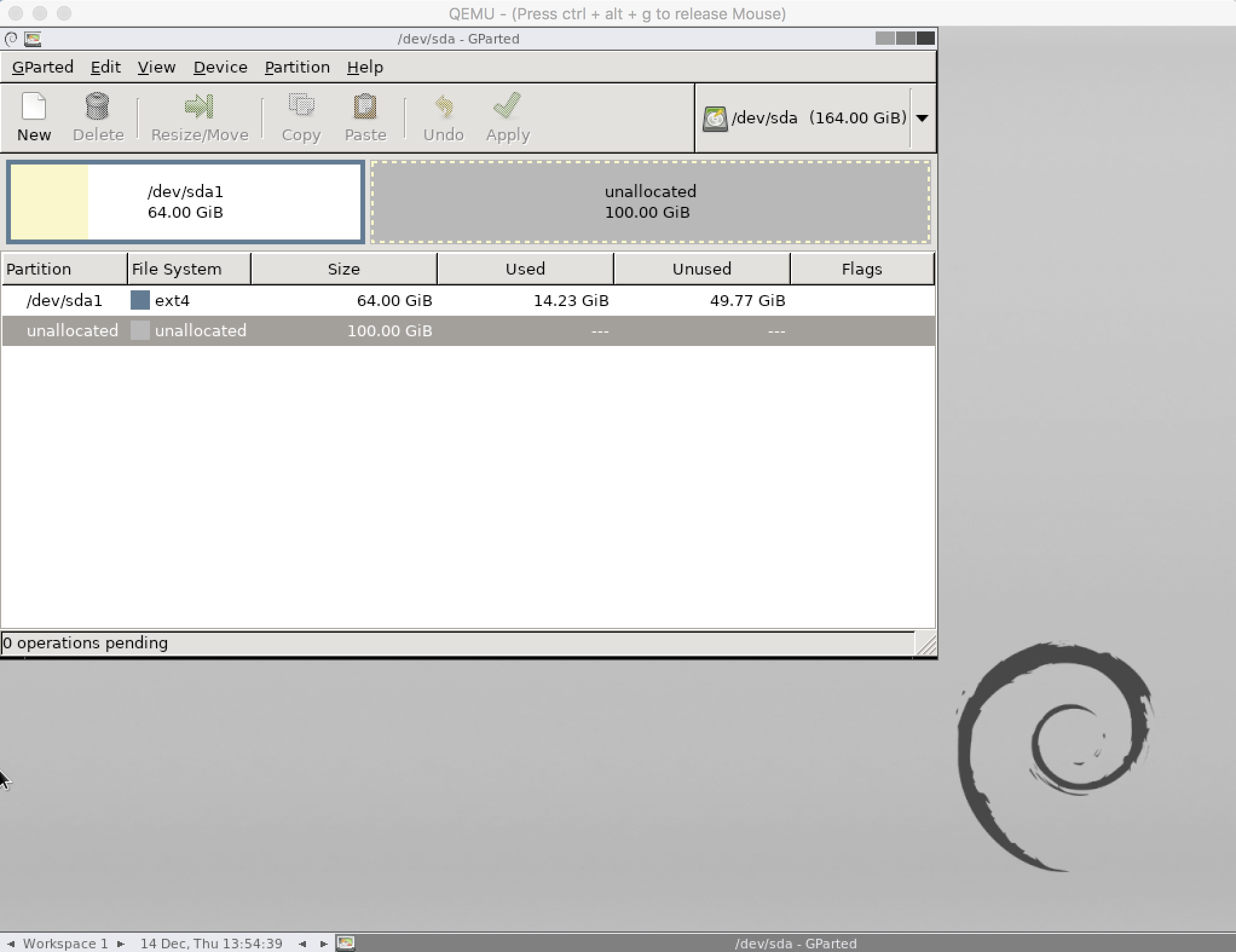
Specifically, the file is a block-storage sparse file. Each intermediate layer is saved, even if it is no longer needed and is 'dangling' or 'orphaned'. It grows as more data is created, such as layers created when building a Dockerfile.

This file stores image layers and containers. There is a discussion thread here: Where does Docker keep images/containers so I can better track my disk usage.

On my mac it was at 27 GB from pretty light Docker experimentation.

DOCKER FOR MAC QCOW2 HOW TO
Docker-Compose and Docker network limitationsĭocker-compose and docker network limitations - see this other blog post on how to clean up your local docker network definitions and deal with the possiblity that these RFC1918 ranges might overlap/conflict with the network you’re on.Something to watch out for: Docker may be using lots of your computer's disk space. The Hard Wayįollow the steps in this blog post which involves installing the qemu utility via home brew to re-compress our qcow2 disk. Repeat WARNING! This will DELETE ALL of your images and containers. This WILL DELETE all of your images and containers however, so proceed with caution. You can simply reset your Docker for Mac installation to stock and your qcow file will regenerate. Check the current size of your qcow2 file $ du -sh ~/Library/Containers//Data/64-linux/Docker.qcow2 Let me know what you think! Thanks for your patience. Perhaps 64GiB is too large for some environments and a smaller cap would help? We’re also looking at making the maximum size of the. We’ll switch to an online compactor (which is a bit like a GC in a programming language) We’ll automate running of the compaction tool over VM reboots, assuming it’s quick enough
DOCKER FOR MAC QCOW2 OFFLINE
We’ll create a compaction tool which can be run offline to shrink the disk (a bit like the qemu-img convert but without the dd if=/dev/zero and it should be fast because it will already know where the empty space is) We’ll switch to a connection protocol which supports TRIM, and implement free-block tracking in a metadata file next to the qcow2. We’re hoping to fix this in several stages: (note this is still at the planning / design stage, but I hope it gives you an idea) A similar problem manifests on real hardware in SSDs – they start slowing down as they fill up, unless TRIM is enabled in the OS and drivers. The block device keeps filling up with junk. Unfortunately when files are deleted from the filesystem, the block device doesn’t find out, because the connection protocol we currently use virtio-blk doesn’t support a “TRIM” or “DISCARD” operation. It stops growing when it hits this maximum size. qcow2 file causing it to grow in size, until it eventually becomes fully allocated. As new files are created in the filesystem by containers, new sectors are written to the block device. qcow2 is exposed to the VM as a block device with a maximum size of 64GiB. This Github issue tracks the disk consumption issue. This blog post talks about Docker for Mac and how its disk consumption continuously grows over time. Docker for Mac - disk consumption of 64GB maximum Make it as alias command and run it when time drift. + sudo launchctl load /System/Library/LaunchDaemons/ĭocker run -it -rm -privileged -pid=host debian nsenter -t 1 -m -u -n -i date -u $(date -u +%m%d%H%M%Y) + sudo launchctl unload /System/Library/LaunchDaemons/ + And then restarting the NTP service with: + fudge 127.127.1.1 stratum 12 # increase stratum + Or alternatively to resolve both issues you may like to add the local clock as a low priority (high stratum) fallback NTP time source for the host by editing the host's `/etc/nf` to add:

+ docker run -rm -privileged alpine hwclock -s The time can be manually reset after hibernation by running: Furthermore the time may slowly drift out of sync during use. Time drift in Moby VM and containers caused by system sleep #17 Work Around +* If system does not have access to an NTP server then after a hibernate the time seen by Docker for Mac may be considerably out of sync with the host. Seems like it’s also an issue on Docker for Windows. To fix: restart Docker for Mac from the Moby system tray or see below….Īpprantly there are two threads in the Docker Forums: Noticed today () that the zim docker container was stuck on. Docker for Mac is a great product, but here’s a list of some gotchas and where possible the workarounds to them.


 0 kommentar(er)
0 kommentar(er)
